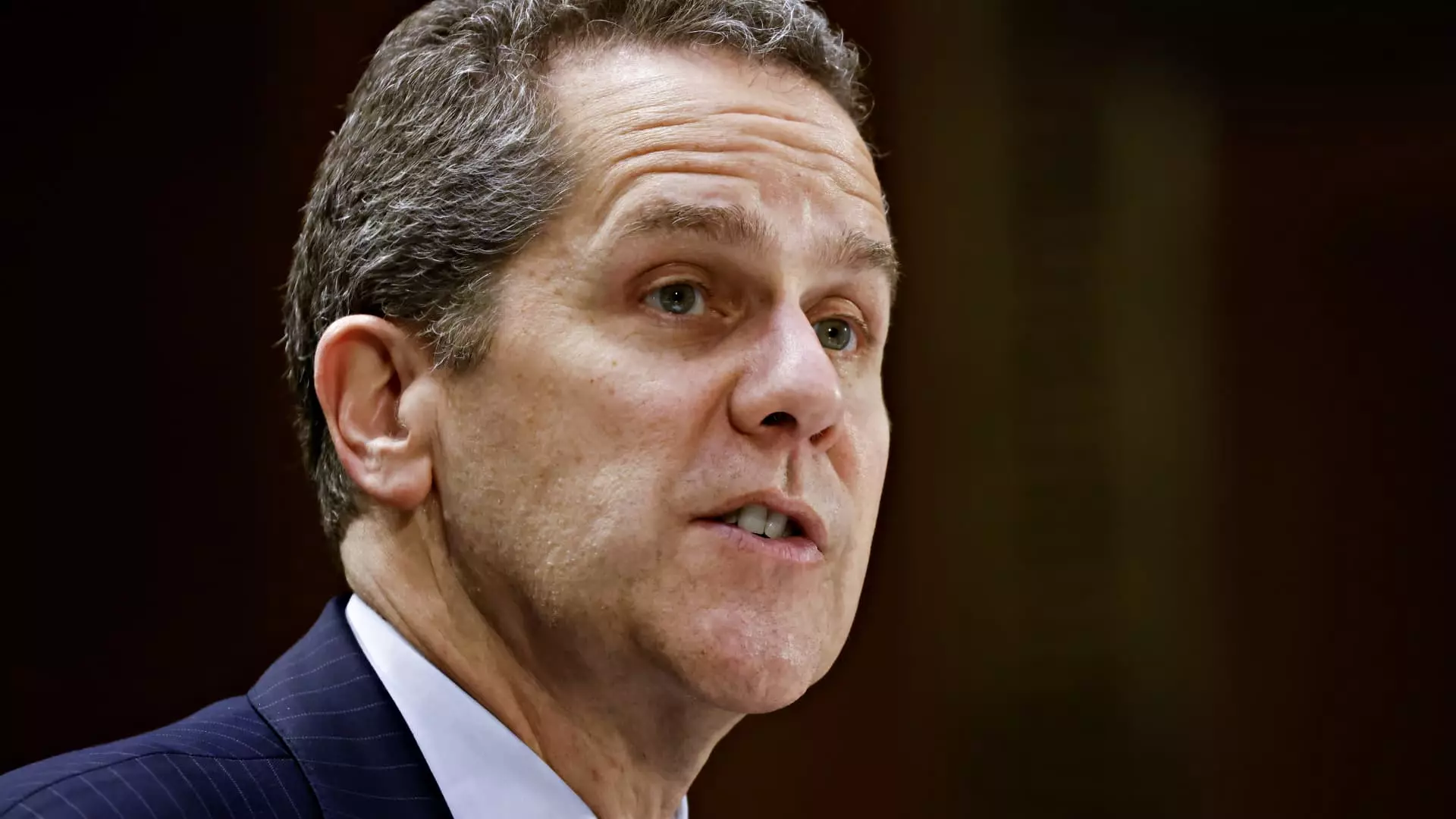The impending resignation of Michael Barr as the Federal Reserve’s vice chair for supervision is set to reshape the landscape of U.S. banking regulation. Scheduled to take effect on February 28, Barr will remain a member of the Federal Reserve Board until 2026, but his exit from the supervisory role signals a significant shift in leadership. Speculation has been rife about how President-elect Donald Trump would approach appointments within the Federal Reserve, and Barr’s decision to step down preempts potential tensions, allowing for a smoother transition.
Barr’s resignation comes amid a backdrop of intense scrutiny over the banking sector, following the recent turmoil in early 2023 that led to the collapse of notable financial institutions. His leadership has faced challenges, notably during the crisis involving Silicon Valley Bank, which precipitated the need for emergency measures from the Fed. In this context, Barr’s exit may be interpreted as a strategic move to avoid further distractions from the Fed’s primary mission: ensuring the stability of the U.S. financial system. In a recent statement, Barr emphasized that focusing on his role as a governor would allow him to serve the American people more effectively.
The transition of leadership at the Federal Reserve’s supervisory division opens the door for President Trump to appoint a candidate who may align more closely with his banking policies. There is a prevailing sentiment that Trump aims to nominate a replacement who is more favorable to the banking industry, a stark contrast to Barr’s previous regulatory stance. In announcing his departure, Barr acknowledged the potential distractions arising from rumors of his removal, further solidifying the notion that a more congenial appointment could foster a more cooperative regulatory environment.
The financial markets responded positively to the news of Barr’s resignation, with bank stocks showing positive movements, indicating investor confidence in a possible regulatory pivot. The SPDR S&P Bank exchange-traded fund noted gains exceeding 1%, reflecting optimism about upcoming changes. The Fed’s decision to pause any major regulatory changes until Barr’s successor is appointed illustrates a cautious approach amid ongoing revisions of controversial rules, referred to as the Basel endgame.
As the Federal Reserve seeks to navigate the complexities of the contemporary banking landscape, the appointment of a new vice chair for supervision will be crucial. The chosen successor will not only need to address existing regulatory frameworks but also confront the ongoing challenges posed by rapid changes in the financial sector. Ultimately, the strategic choices made by the Trump administration in filling this key position could have lasting impacts on the regulatory environment, bank stability, and the broader economy as it continues to rebound from recent instabilities.


Leave a Reply